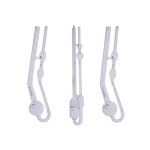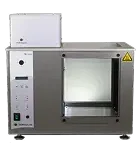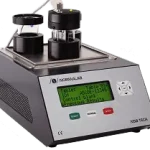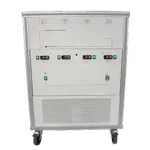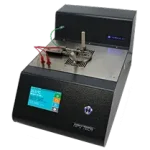This test method covers three procedures for the determination of the filter blocking tendency (FBT) and filterability of middle distillate fuel oils and liquid fuels such as biodiesel and biodiesel blends. The three procedures and associated filter types are applicable to fuels within the viscosity range of 1.3 mm2 to 6.0 mm2/s at 40 °C.Tamson

